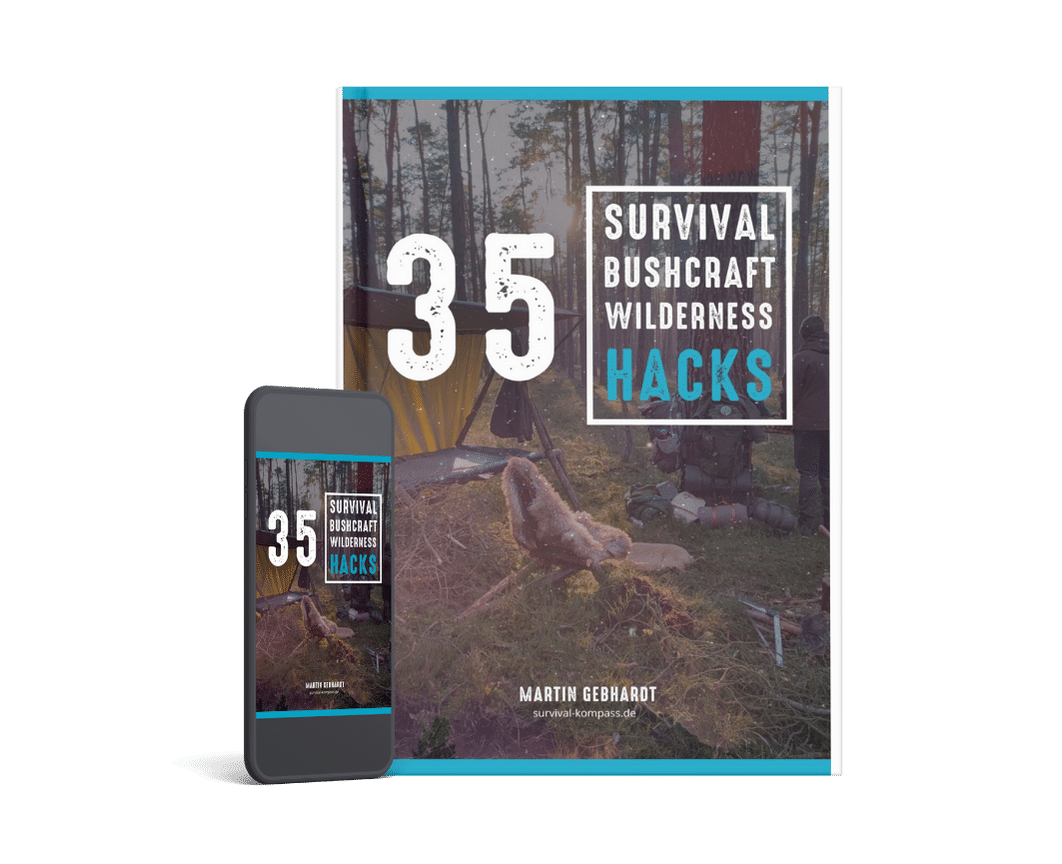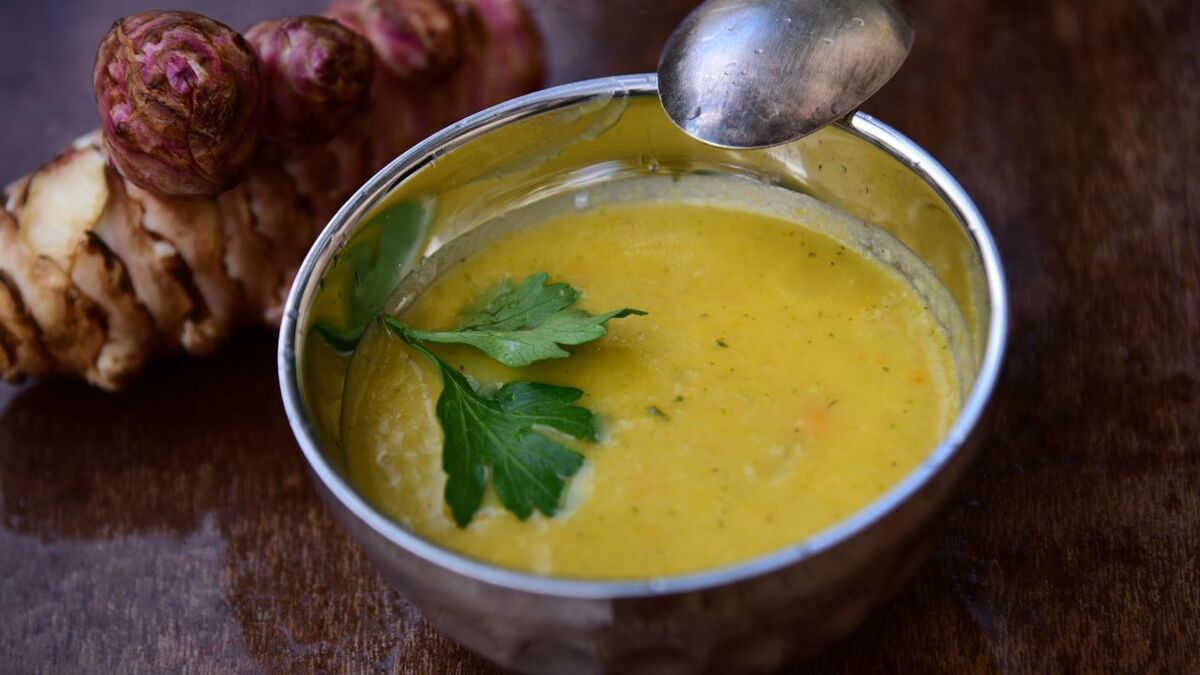
Jerusalem artichoke: The forgotten tuber – Your survival ace up your sleeve
👉 The key facts from this guide
- Discovering Jerusalem Artichoke: This robust plant with small sunflower-like flowers bears underground edible tubers – perfect for cold seasons and easily found everywhere.
- Deluxe Winter Supply: The tubers overwinter in the ground and can be harvested from late autumn to spring – a real survival game changer.
- Power from the Tubers: Contains a lot of inulin instead of starch, which keeps you full for a long time, supports gut flora, and does not spike blood sugar – ideal for low-energy times.
- Hard to Confuse: Pay attention to growth height, leaves, flowers, and especially the typical tubers – easily recognized by simple digging, effortless to identify.
- Super Easy Harvest & Preparation: You only need your hands or a digging stick – raw, cooked, or roasted directly in the embers: tasty, filling, and quick to make.
- More than Just Emergency Food: In wilderness education, Jerusalem artichoke shows how ecological relationships work and how to sustainably use nature – with history and enjoyment!
Imagine you are outside in late autumn or winter. Most plants have retreated, there are hardly any berries left, and your stomach is growling.
But then you see them: Tall, dry stems that resemble sunflowers, often in dense stands along riverbanks, forest edges, or in abandoned fields.
What many dismiss as a rampant "weed" could be your salvation: Jerusalem artichoke (Helianthus tuberosus), also known as topinambur (although it neither comes from Jerusalem nor is it an artichoke!).
For me, as a wilderness educator, the Jerusalem artichoke is one of the most fascinating plants, especially when it comes to survival, bushcraft, and understanding nature.
It is robust, nutritious, and often available just when other food sources become scarce. Let's take a closer look at this energy giant underground!
Identify Jerusalem artichoke safely: More than just a small sunflower
Jerusalem artichoke belongs to the family of sunflower plants (Asteraceae), and you can see that. But there are clear characteristics.
Profile: The Giant with the Tubers
- Botanical Name: Helianthus tuberosus
- Family: Aster family (Asteraceae)
- Other Names: Jerusalem artichoke, earth pear, tuber sunflower, Indian tuber
- Growth Height: Impressive! Can grow up to 3 meters high .
- Stem: Rough, hairy, often robust.
- Leaves: Usually opposite (in pairs) at the bottom of the stem, alternate (single) further up. They are rough, often heart-shaped (at the bottom) to elongated oval (at the top) with a serrated edge.
- Flowers: Appear late in the year (August to November). Look like small sunflowers (about 4-8 cm in diameter) with bright yellow ray flowers and a darker center (disk flowers).
- Typical: Forms underground tubers (Tubera) – that is our treasure!
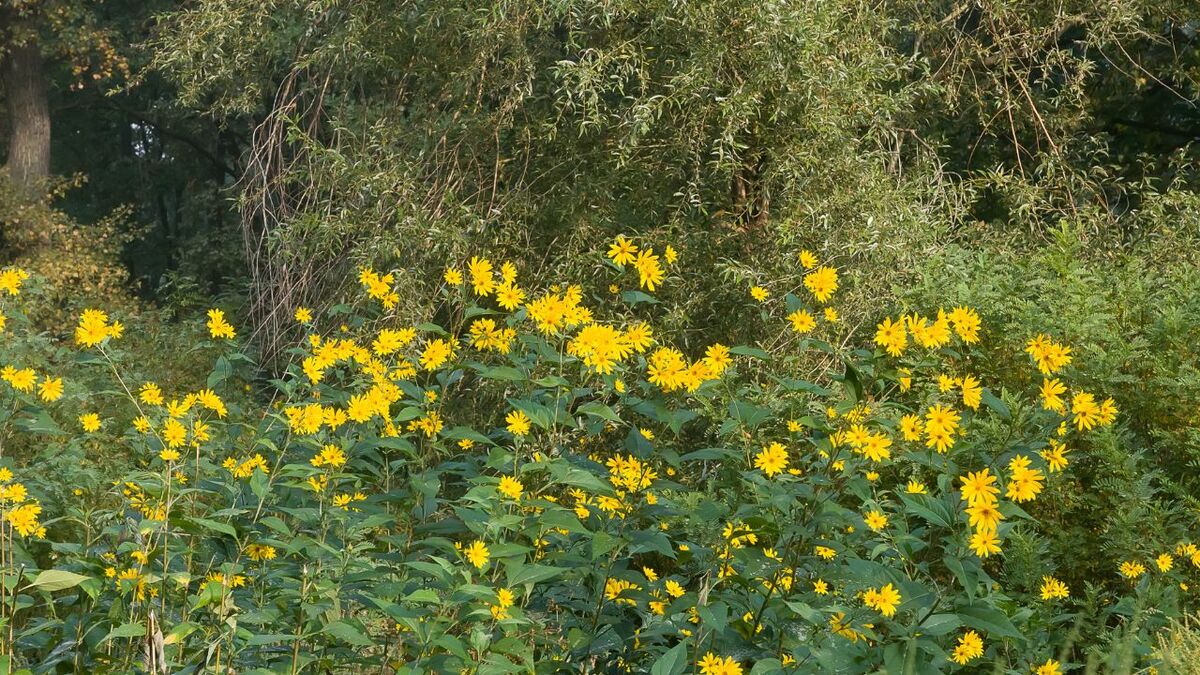
The tubers: Potato meets ginger?
The most important thing is the tubers!
They look like knobby, irregular potatoes or pieces of ginger, typically with reddish, brownish, or yellowish, thin skin. The flesh is whitish and crunchy. They hang from the roots of the plant.
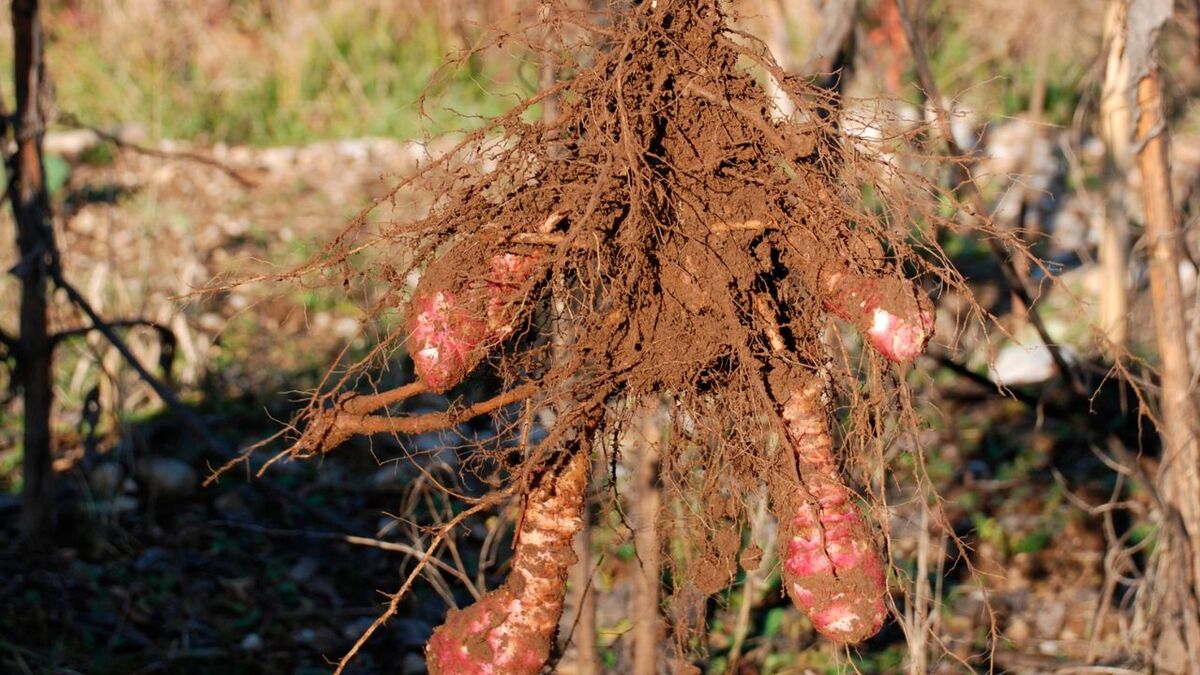
Locations: Where the Jerusalem artichoke jungle grows
The Jerusalem artichoke is a true survivor and often a "cultural escapee." You can often find it:
- In sunny to partially shaded locations.
- On abandoned fields, at field edges.
- Along riverbanks, ditches, and streams.
- In gardens (where it is often planted and then becomes wild).
- On disturbed soils, dump sites.
He loves loose soils, but is very adaptable and often forms dense, tall stands that hardly allow other plants to pass through.
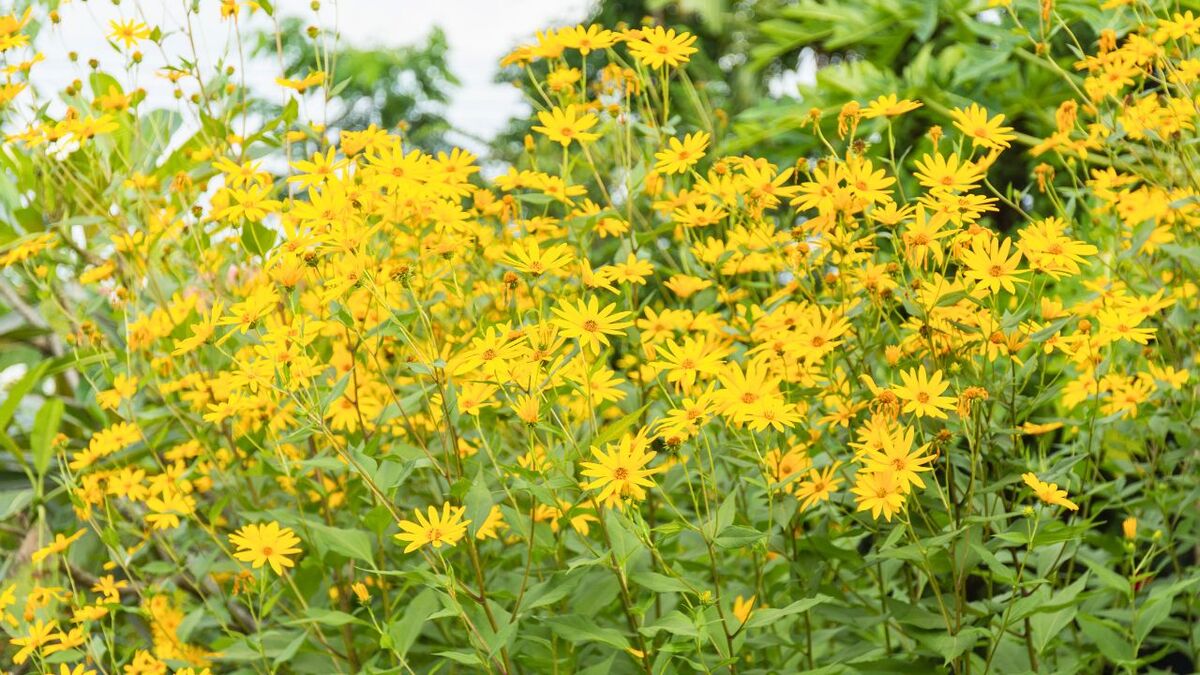
Risk of Confusion: Are There Dangerous double?
Good news: A direct confusion with highly toxic plants is rather unlikely with Jerusalem artichoke if you pay attention to the combination of features. But caution is always advised!
- True Sunflower (Helianthus annuus): Looks very similar naturally (same genus!). The main difference: The cultivated sunflower is primarily grown for its seeds and usually does not form or only forms very small, insignificant tubers. Jerusalem artichoke, on the other hand, forms the characteristic, numerous, knobby tubers. So if you find the typical tubers, it is very likely Jerusalem artichoke.
- Other tall composite plants with yellow flowers: There are other wild plants like perennial sunflowers (Helianthus decapetalus, H. giganteus etc.), mugwort species (which smell differently and have different leaves/flowers) or goldenrods. The decisive feature is always the edible tubers! If a similarly looking plant does not form such tubers, it is not Jerusalem artichoke. Digging and checking is a must!
- Important note: Focus on the combination of growth height, leaf shape and arrangement, flower type and the presence of the typical tubers.
The golden rule: If you are not 100% sure – hands off! But Jerusalem artichoke is relatively easy to identify if you pay attention to the tubers.
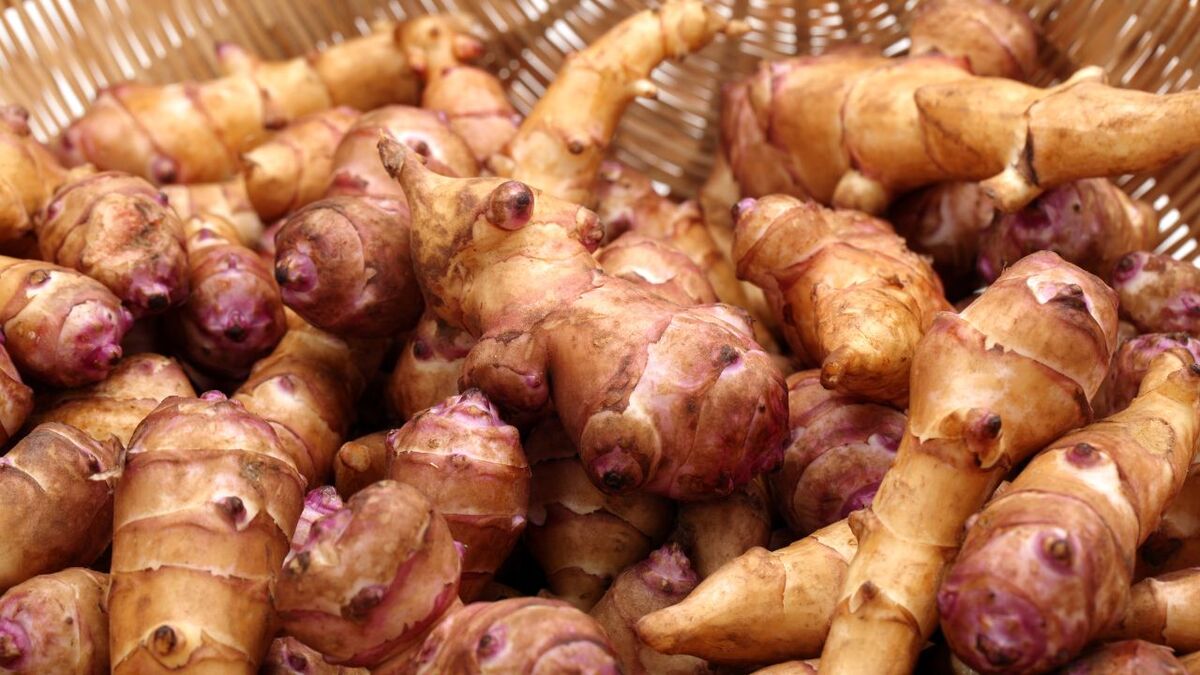
Jerusalem artichoke: Your survival advantage – Why it is so special!
Now we come to the core: What makes the Jerusalem artichoke so valuable for survival, bushcraft, and wilderness knowledge?
1. The Winter Supermarket Underground
This is absolutely outstanding: The tubers overwinter effortlessly in the ground, even in severe frost!
You can therefore harvest them from late autumn (after the first frost, which makes them sweeter) throughout the entire winter until early spring.
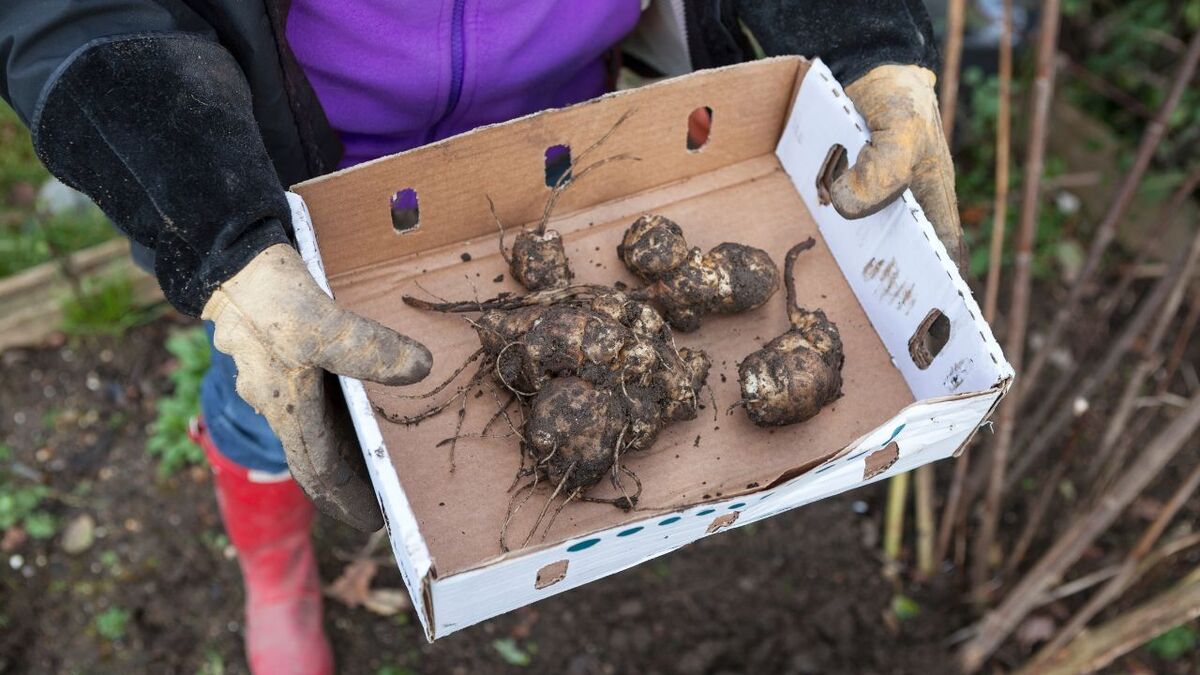
Exactly when other food sources are extremely scarce. That is a huge survival advantage! The ground is your free, frost-proof pantry.
Read also
Food foraging in winter: Over 41 edible plants, nuts, roots, and more for emergency food in cold weather – This guide to food foraging in winter is full of facts and fascinating lore about emergency food that grows in the snowy months.
2. Energy when you need it
The tubers are rich in carbohydrates, mainly in the form of inulin.
Inulin is a fiber that is not directly digested by the human body but is loved by our gut bacteria (prebiotic). It provides energy and keeps you full.
Survival Reality: Raw inulin can cause bloating in some people (the famous "Jerusalem artichoke wind"). In a survival context, this may be trivial, but it's good to know. Cooked, it is usually better tolerated.
3. Robust, undemanding & (almost) indestructible
Jerusalem artichoke is incredibly resilient. It grows in almost any soil, requires little care, and is very drought-resistant.
Its invasive nature (it reproduces rapidly through the tubers – even the smallest pieces are enough!) becomes an advantage in a survival context: Once you have found Jerusalem artichoke, you will likely find it again the next year – and often in large quantities.
Fact is: It's a reliable source of food!
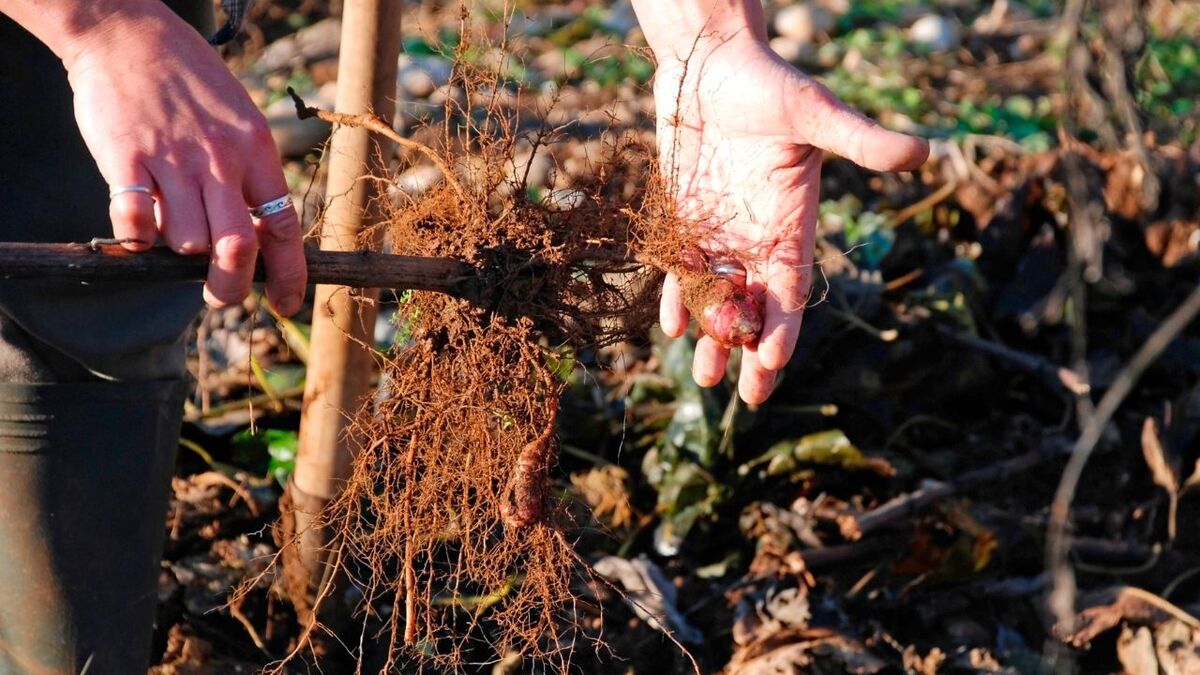
4. Easy Harvest & Preparation
You only need a digging stick or your hands to unearth the tubers.
The thin shell does not necessarily need to be removed (washing well is often enough), saving time and energy.
The tubers can be eaten raw (crunchy, slightly sweet-nutty), but the simplest and classic bushcraft method is roasting in the embers of the campfire.
Just put the whole tubers in the fire until they are soft – a warm, nutritious meal is ready.
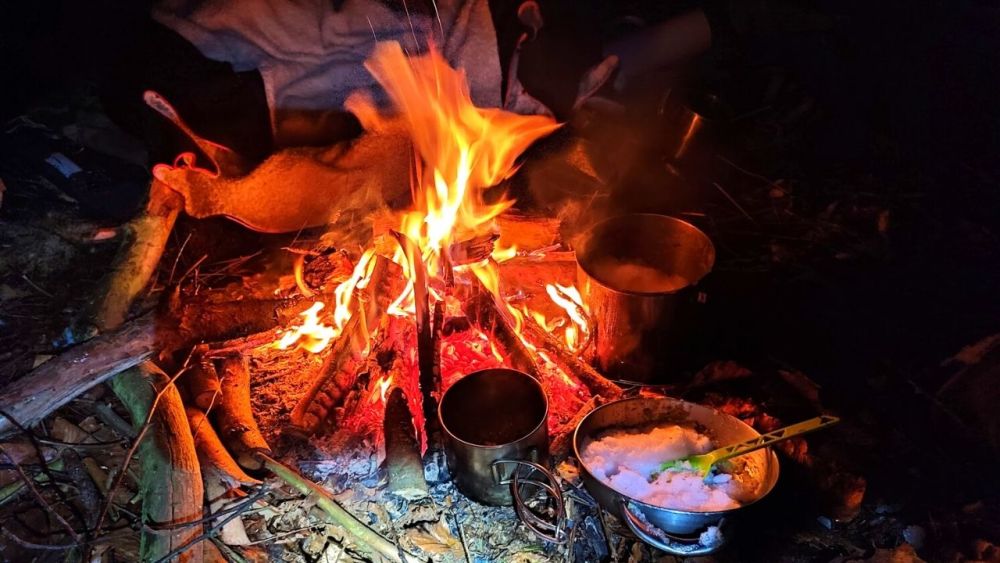
More than just calories: The hidden strengths of Jerusalem artichokes for health
Jerusalem artichoke is not only a robust filler, it also brings some interesting properties for our health that distinguish it from the regular potato.
The star here is clearly the inulin, which makes up most of the carbohydrates instead of starch:
Food for good gut inhabitants: Inulin is a prebiotic fiber. This means our body cannot digest it directly, but the beneficial bacteria in our gut (like bifidobacteria) love it! This promotes a healthy gut flora, which can positively affect digestion and even the immune system.
Blood Sugar Friendly: Because inulin does not cause blood sugar to rise as quickly as starch, Jerusalem artichoke has a low glycemic index. This makes it particularly interesting for people who need to monitor their blood sugar levels, such as diabetics. It ensures a slower, more even release of energy.
Filling agents: Fibers like inulin swell in the stomach and can contribute to a longer-lasting feeling of fullness.
Minerals & Co.: The tubers also contain significant amounts of potassium (important for blood pressure and cell function) and iron. Some B vitamins are also included.
Traditional use: As already mentioned, the Indigenous peoples of North America used Jerusalem artichoke not only as food but also externally, e.g., as a poultice for rheumatic complaints (the effectiveness of this is scientifically less substantiated than the effects of inulin).
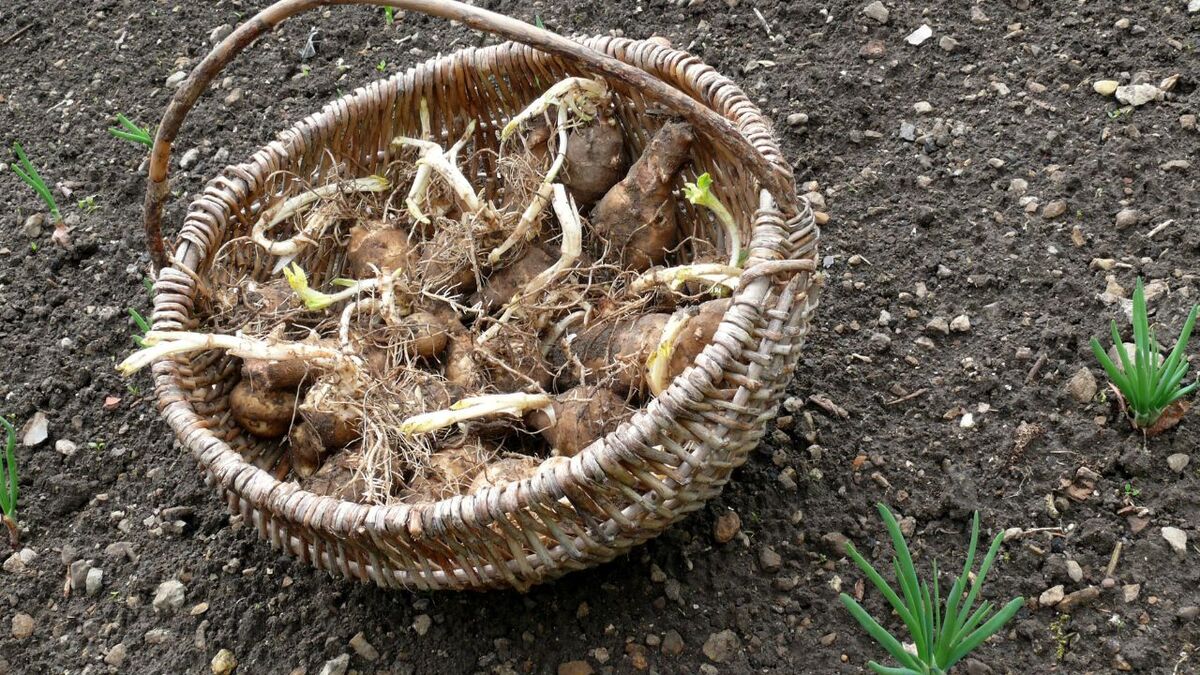
But beware – The "Topinambur Effect": Just because our body does not digest inulin itself, consuming it, especially in raw or large amounts, can lead to flatulence and digestive issues in sensitive individuals.
The gut bacteria are having a party, but that can also be heard and felt! Usually, cooked Jerusalem artichoke is better tolerated, and the body often gets used to it a bit with regular consumption.
In the survival context, this may be secondary, but in everyday life, one should know it and possibly start slowly.
More than just emergency food: Bushcraft & wilderness education with Jerusalem artichoke
Jerusalem artichoke is a brilliant teacher for wilderness skills:
- Botany Pure: Practicing identification based on distinctive features (flower, leaf, stem, tuber!).
- Understanding Ecology: Discussion about invasive species (neophytes), adaptability, wintering strategies of plants.
- Sustainable Harvesting: Even if it is invasive – teaching how to harvest without destroying the population (always leave a few tubers behind).
- Fire & Cooking: Roasting the tubers is a practical application of fire skills and traditional cooking techniques.
- Resource Utilization: Showing how to use an often-overlooked resource effectively.
- Experiencing History: Addressing the connection to the indigenous peoples of North America and the introduction to Europe.
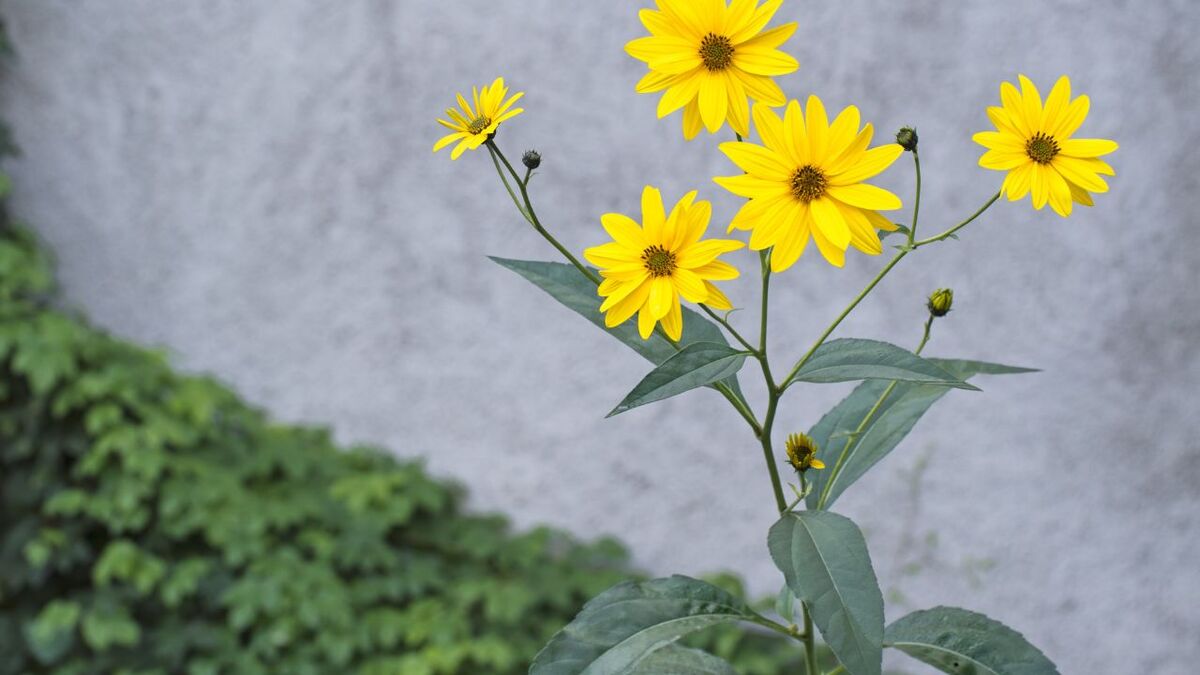
Harvest & Preparation: From the Trench to Enjoyment
- Harvest time: Best after the first frost in autumn until early spring (before the plant starts to sprout again). The frost partially converts the inulin and makes the tubers sweeter.
- Tool: Digging fork, small shovel, or strong hands.
- Preparation:
- Raw: Wash well, possibly brush, slice for salads (caution: possible flatulence).
- Cooking in the embers: The simplest survival method! Place tubers directly in the hot ash/embers until soft (test with a stick). Skin turns black, the inside creamy-sweet.
- Boiling/Steaming: Like potatoes, but shorter! They soften quickly.
- Frying: In slices or cubes in the pan. Delicious as "Jerusalem artichoke fries".
- Soup: Results in a creamy, slightly sweet soup.
Conclusion: Never underestimate the tuber!
Jerusalem artichoke may be a "weed" for some, but for the wilderness expert, it is a true treasure.
A robust, nutritious, and above all, a food source available in winter that is easy to find and simple to prepare. It teaches us a lot about the adaptability of nature and the use of forgotten resources.
Next time you see the tall stems with the small sunflowers, remember: underground could be your next survival meal or an exciting ingredient for your wilderness kitchen. Dig down – it's worth it!


Author of the guide
Martin Gebhardt
Hey, I'm Martin. On my blog, you will learn the basics and numerous details about living in the wild. I think survival, bushcraft and the good life in nature are the keys to happiness. Find me here on Instagram or on YouTube. You can find more about my mission on the About Me page.
Was this guide helpful?
12 people found this guide helpful.
5.00 out of 5 points (12 Ratings)
Comments (0)
This post may contain affiliate links. So if you click on the links and make a purchase, I will receive a small commission at no additional cost to you. Click here, to learn more about it.


